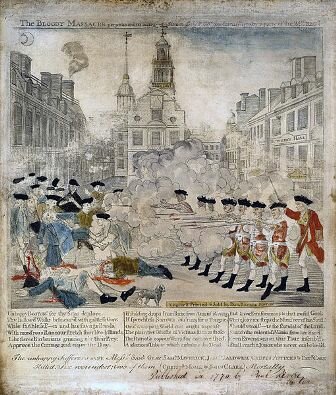One of these following facts about the Bayeux Tapestry should probably give you much information about it. The Bayeux Tapestry is an embroidered cloth, not an actual tapestry, which is instead woven, nearly 70 meters long, which depicts the events leading up to the Norman conquest of England, concerning William, Duke of Normandy, and Harold, Earl of Wessex, later King of England, and culminating in the Battle of Hastings. For further information, to get you to know about this cloth, here are some facts about the Bayeux Tapestry you might be interested in.
Facts about the Bayeux Tapestry 1: Origins
The earliest known written reference to the tapestry is a 1476 inventory of Bayeux Cathedral, but its origins have been the subject of much speculation and controversy.
Facts about the Bayeux Tapestry 2: Additional Sources
George Beech suggests the tapestry was executed at the Abbey of St. Florent in the Loire Valley, and says the detailed depiction of the Breton campaign argues for additional sources in France.Andrew Bridgeford has suggested that the tapestry was actually of English design and encoded with secret messages meant to undermine Norman rule.
Facts about the Bayeux Tapestry 3: Embroidery
In common with other embroidered hangings of the early medieval period, this piece is conventionally referred to as a “tapestry”, although it is not a true tapestry in which the design is woven into the cloth; it is in fact an embroidery.
Facts about the Bayeux Tapestry 4: Design
Nine linen panels, between fourteen and three metres in length, were sewn together after each was embroidered and the joins were disguised with subsequent embroidery.At the first join the borders do not line up properly but the technique was improved so that the later joins are practically invisible.The design involved a broad central zone with narrow decorative borders top and bottom.
Facts about the Bayeux Tapestry 5: Tapestry’s Central Zone
The tapestry’s central zone contains most of the action, which sometimes overflows into the borders either for dramatic effect or because depictions would otherwise be very cramped. Events take place in a long series of scenes which are generally separated by highly stylised trees.
Facts about the Bayeux Tapestry 6: Sewing
In 1724 a linen backing cloth was sewn on comparatively crudely and, in around the year 1800, large ink numerals were written on the backing which broadly enumerate each scene and which are still commonly used for reference. The sewing of the tapestry itself is related to the Battle of Hastings. Check out for more Facts about the Battle of Hastings.
Facts about the Bayeux Tapestry 7: Background
In a series of pictures supported by a written commentary the tapestry tells the story of the events of 1064–1066 culminating in the Battle of Hastings. The two main protagonists are Harold Godwinson, recently crowned King of England, leading the Anglo-Saxon English, and William, Duke of Normandy, leading a mainly Norman army, sometimes called the companions of William the Conqueror.
Facts about the Bayeux Tapestry 8: Latin Text
Titull are included on many scenes to point out names of people and places or to explain briefly the event being depicted.The text is in Latin but at times the style of words and spelling shows an English influence.A dark blue wool, almost black, is mostly used but towards the end of the tapestry other colours are used, sometimes for each word and other times for each letter.
Facts about the Bayeux Tapestry 9: Critical Reception
The inventory listing of 1476 shows that the tapestry was being hung annually in Bayeux Cathedral for the week of the Feast of St. John the Baptist and this was still the case in 1728 although by that time the purpose was merely to air the hanging which was otherwise stored in a chest.
Facts about the Bayeux Tapestry 10: Tapestry Fragments
Tapestry fragments have been found in Scandinavia dating from the ninth century and it is thought that Norman and Anglo-Saxon embroidery developed from this sort of work. Examples are to be found in the grave goods of the Oseberg ship and Overhogdal tapestries.
Hope you would find those Bayeux Tapestry facts really interesting, useful and helpful for your additional reading.









